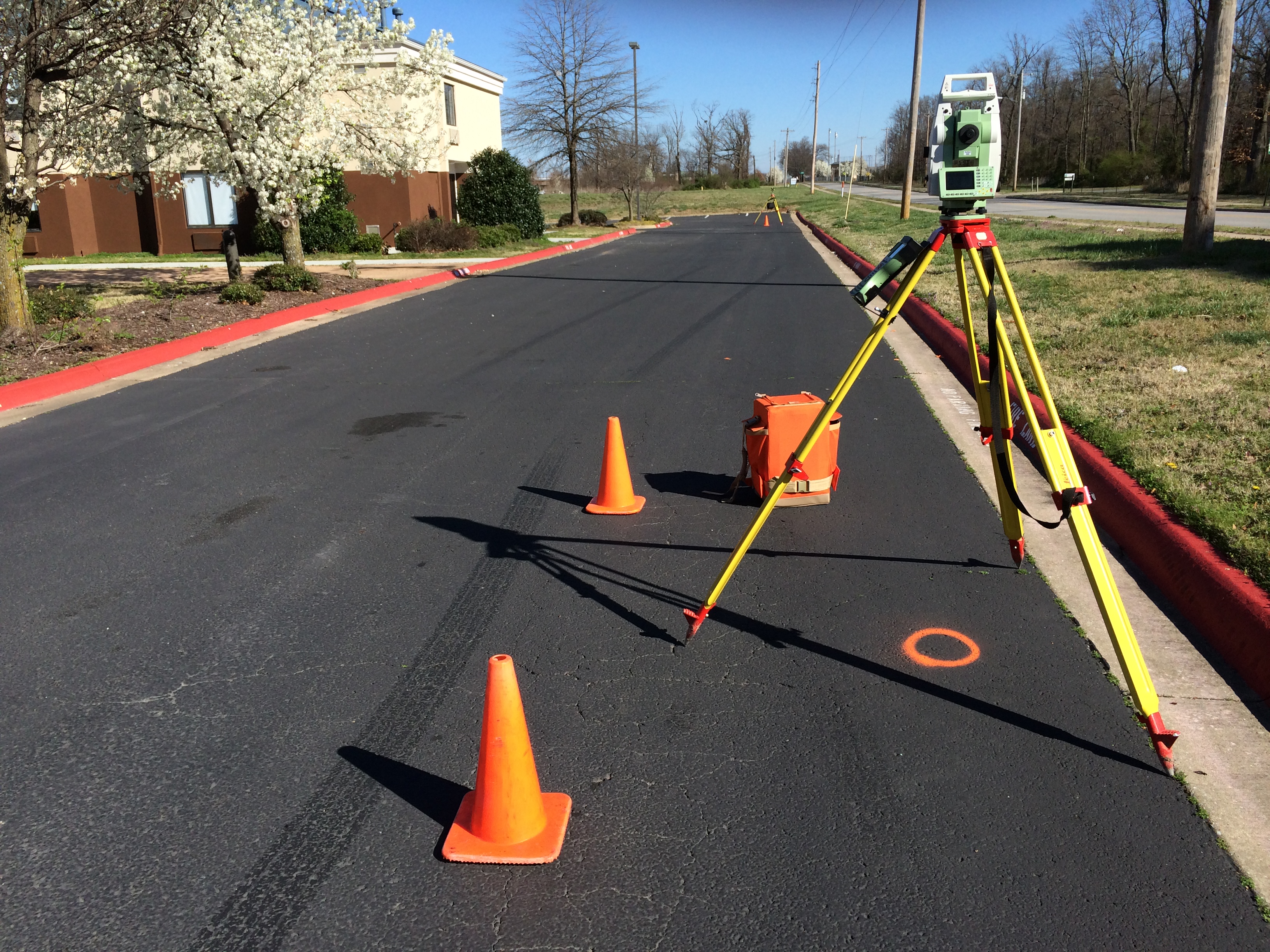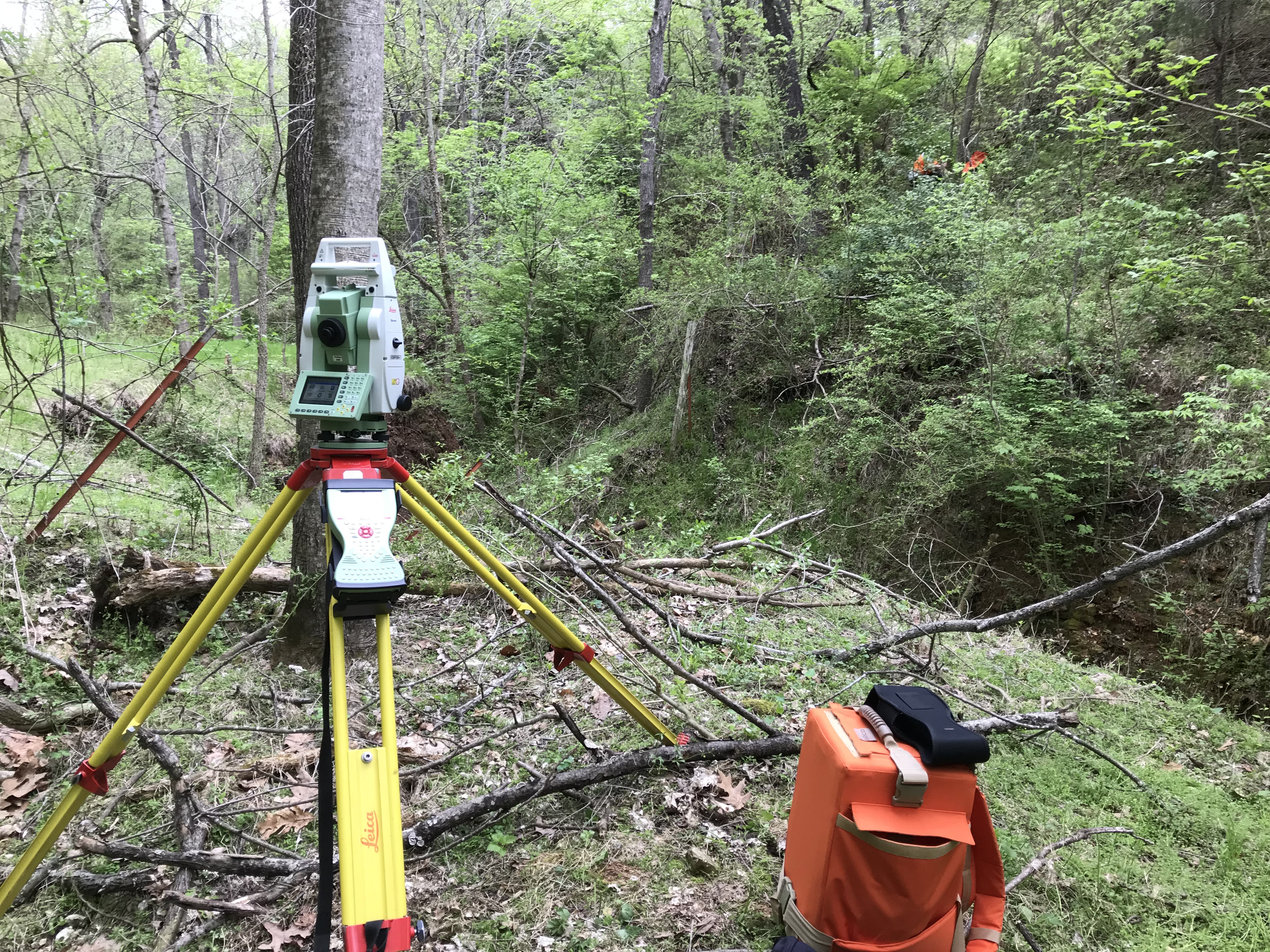Frequently Asked Questions Regarding Land Surveying
What is a Professional Surveyor?
A Professional Surveyor is a person that has extensive knowledge and experience in areas such as math, advanced geometry, measuring techniques, mapping, technical electronic equipment, basic astronomy, history of the Public Land Survey System, property & case law, Geographic Information Systems (GIS) and the Global Positioning System (GPS) just to name a few! In most states, a person is required to have a college degree or to have an approved level of experience, pass a national Fundamentals of Surveying Exam, at least two years intern under a licensed surveyor, pass a national Principles and Practice of Surveying Exam and in most states also pass a state exam, all to become a Professional Surveyor (PS). Projects completed by a PS often require a significant amount of research in land records, previous surveys, local maps, flood areas, testimony from local, knowledgeable residents (old timers) and court documents. After research comes the easy part that most people associate with surveyors, measuring! After the measurement process comes the analysis of survey data, interpretation of documents & facts, professional judgment and finally, drafting a survey plat. In summary, a Professional Surveyor is far more than just an expert measurer! For more information about what professional surveyors do or for becoming a surveyor, please visit this link www.beasurveyor.com.

When is a survey usually needed?
BEFORE a boundary line dispute arises.
BEFORE title in land is transferred.
BEFORE a building or fence is built near a property line.
BEFORE land is subdivided.
BEFORE land is developed for construction of buildings, roads, fences or other types of improvements.
BEFORE a lot is to be conveyed from a larger tract.
What can a land surveyor do for you?
Set monuments at your property corners and mark them so they can be easily found.
Study your property description and show you what, in his professional opinion, the records and facts indicating the boundaries of your land to be.
Advise you if there is any apparent defect in your land description or evidence of encroachment.
Prepare a survey plat of your property, indicating the measurements he has made, the type of monuments placed and any other information you requested.
Locate buildings, fences, rights-of-way, utilities and any evidence of possession or encroachment.
Help you plan and layout a subdivision into lots and streets.
Write a legal description when land is to be divided.
Cooperate with your attorney, realtor, banker, engineer or architect.
File a copy of his survey with the local & state government offices as required by law.
Provide you with a topographic survey plat that shows property boundary lines, contour lines, improvements,  utilities and trees.
Provide you with a FEMA "Elevation Certificate" to be used for determining the rate of flood insurance required.
What does the land surveyor need from me?
A copy of your deed or your tax parcel number.
The purpose for your survey with as much detail as possible.
Any survey plats or information about the location of your property corners.
A brief history of ownership of your parcel.
Your contact information.
Any other information you believe is pertinent to your project.
